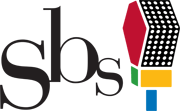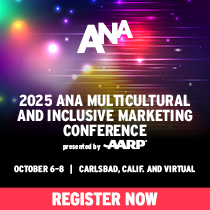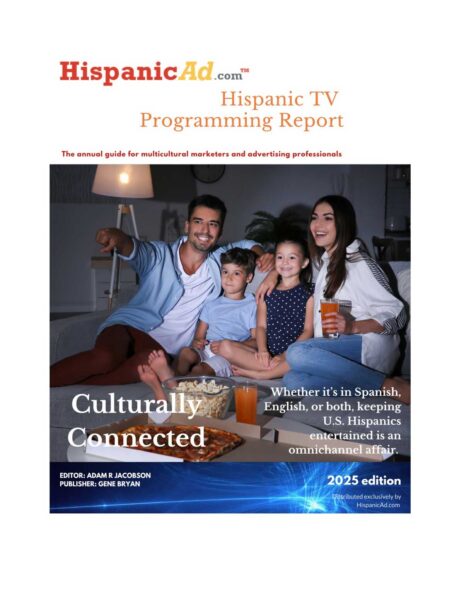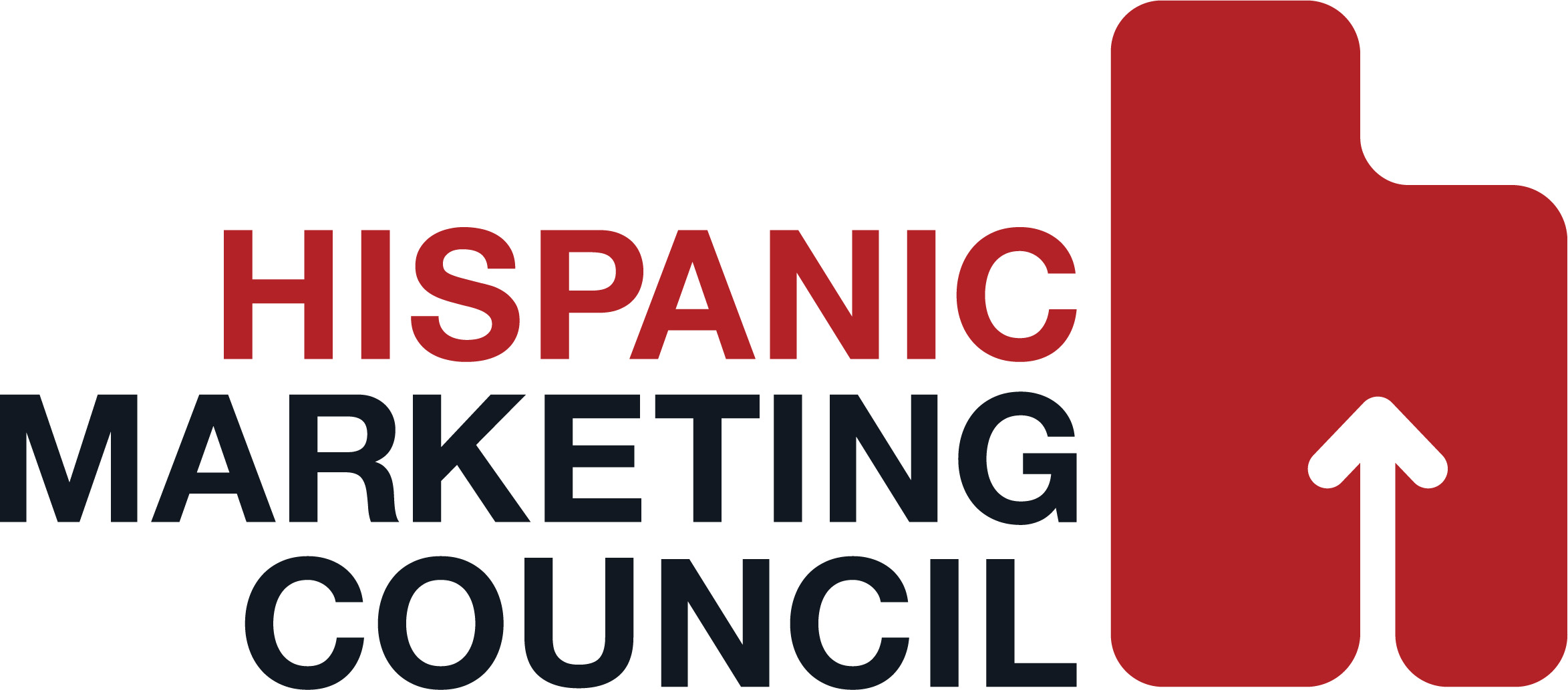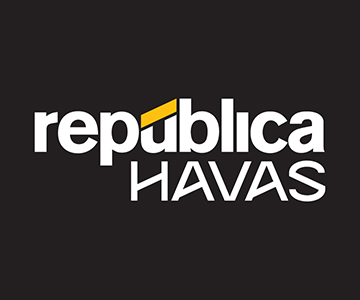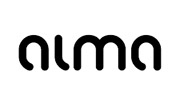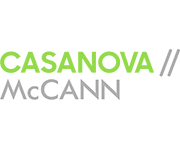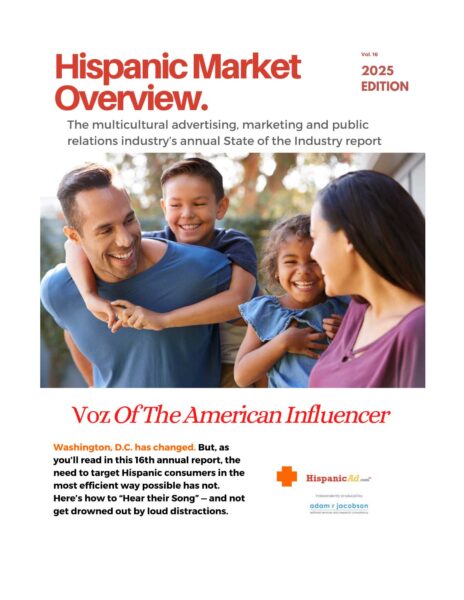How Language Usage Influences Hispanic American Consumer Behavior
June 26, 2025

By Hector Rodriguez & Sean Happel
Hispanics make up roughly one in every five Americans, and roughly one in every four American youths. With a fast growing population, Hispanic Americans have become quite diverse, and this includes language usage. Some Hispanics typically communicate in Spanish, such as foreign-born, older residents, or those who identify as Salvadoran. This is especially true in majority-Hispanic population centers, like South Florida and the Rio Grande Valley. Other Hispanics typically communicate in English, such as second- and third-generation American-born, younger residents, or those who identify as Puerto Rican. This is especially true amongst highly assimilated Hispanic Americans, including those who have received a higher education. According to Pew Research, half of all Hispanic-Americans are bilingual, meaning they speak both Spanish and English. For marketers, knowing which language to use, and how to interchange between them, is of great importance in trying to build a relationship with this fast growing segment of the American population. In this essay, we will examine code-switching between Spanish and English, the implications of language for media and advertisers, and offer recommendations for marketers to navigate language usage in their advertising campaigns.
Cultural and Linguistic Analysis
It is known that the Hispanic consumer in the United States is one the fastest growing and most influential market segments. Language practices are essential in order to understand identity, values, and consumption behaviors. Compared to a second or third language, one’s native language is easier to comprehend and easier to consume. Spanglish, code-switching, and bilingualism are the three main practices that define this nuanced understanding. They are more than just choices, but experiences that are deeply connected with Hispanic cultural identity, helping brands and marketers understand and connect with this market on a deeper level.
For most Hispanic Americans, language is a crucial marker of their identity. According to our research, “both the behavior and perceptions of consumers who speak more than one language might change depending on the language in which the interaction takes place” (Yves et. al., 2013). This suggests that language makes a difference in consumer behavior, and that Hispanics, depending on their level of bilingualism, respond differently based on the language used in an interaction. Bilingualism is known as the use of both Spanish and English, and typically has different levels of fluency. Hispanic Americans that migrate to the US at a young age or have been educated in English have high levels of bilingual fluency, while others who immigrate to the US have low levels of bilingual fluency, but use what we know as Spanglish and code-switching. These are more commonly used by US-based Hispanics, and although they might seem random at times, these are strategic and meaningful ways to communicate. They reflect one’s cultural background, generational status, and even regional affiliations.
Spanglish and code-switching allow Hispanic American Consumers to express an identity that bridges their Hispanic heritage and the American experience. As marketer’s, understanding linguistic fluidity will help develop messages that resonate more authentically with consumers, using code-switching and Spanglish to influence consumer behavior.
Language practices also reflect Hispanic cultural values, such as strong family ties, collectivism, and personal relationships. Our research indicates that experiences and language are not separate from each other; they are fundamentally connected (Korzenny, Chapa, & Korzenny, 2025). This strengthens the use of these practices, as Spanglish and code-switching are products of two different worlds colliding to create a unique experience for Hispanics.
The use of Spanglish and code-switching in marketing have great capabilities in impacting consumer behavior. By using consumer insights and appropriate language practices, such as bilingual packaging and Spanglish advertisements, brands can better position themselves to connect with this target market in a meaningful, touching way. Products that ‘speak the customers language’ are known to be seen as more accessible and relevant. These are more than just communication tools, they are dynamic markers of identity and cultural belonging.
Media and Advertising Implications
In Blink: The Power of Thinking Without Thinking, Malcolm Gladwell introduces rapid cognition, the kind of thinking, “that happens in the blink of an eye” (Malcolm Gladwell). Gladwell discusses how our unconscious forms conclusions just two seconds into a new interaction. Even while the “conscious mind [is] blocked, [the] unconscious [is] scanning the room, sifting through possibilities, processing every conceivable clue” (Malcolm Gladwell). These conclusions are based on our emotions, attitude, background information, and past experiences. Gladwell calls the sum of this rapid cognition “thin-slicing”- when one paints an entire picture mere seconds into a new interaction (Malcolm Gladwell). Each day, we are bombarded with an estimated 3-4,000 unique advertisements, according to Gladwell (Malcolm Gladwell). By “thin-slicing”, as described, we mentally discard the vast majority of them, without remembering that they even happened. In order to break through, a marketer must stand out amongst the crowd. When marketing to Hispanic-Americans, marketers who want to break through and create a memorable advertisement must accurately use the preferred language of their target segment.
“For successful targeting of Hispanic audiences for marketing and advertising” marketers should do their research to “discover … whether English or Spanish language usage elicits the best responses. There is no indication to suggest one over the other, although for collective community building, using Spanish is considered most effective, with English versions also present of any advertising” (Villegas & Alejandra, 2022). Marketers will need to set a clear target audience, and then research and focus-group their campaign plan to match their target audience. For example, an advertising campaign in Southern California, where the majority of Hispanic-Americans are Mexican, may demand a different preferred language than in New York City, where the majority of Hispanic-Americans are Puerto Rican or Dominican. Knowing which language to communicate in- Spanish, English, or a bilingual offering- is important to know when planning a marketing campaign in order to craft an advertisement, ie. script, visuals, actors, setting, etc., that is supportive and sensitive of the chosen language. “People communicate through facial cues, reinforcement techniques, and response times” (Malcolm Gladwell), and ensuring that the flow of the campaign matches the language usage will validate authenticity.
When planning a campaign, it is also important for a marketer to carefully select mediums that reach the largest share of the target audience. “The medium itself” shapes and controls “the scale and form of human association” (Marshall McLuhan). For example, an advertising campaign in Spanish will be more effective on Spanish language television. It may also be more effective in local Spanish language newspapers and on digital platforms that are popular amongst older demographics, such as Facebook.
Recommendations for Marketers
Language practices allow us to strategically develop tactics to successfully connect and create resonance with Hispanic American consumers. Marketers should embrace a research-driven approach to language in the creation of advertising campaigns. One key recommendation is to consider the generational differences and levels of acculturation within this target segment. For first generation Hispanic Americans who typically or prefer to speak Spanish, brands should prioritize Spanish-language media, while also keeping in mind that their content should still be culturally authentic and regionally relevant. For second- and third-generation Hispanic Americans who are more bilingual or have higher levels of bilingual fluency, using Spanglish and strategic Code-Switching in campaigns is key to reflect this market’s bicultural identity.
Marketers should also be aware of the regional dialects and tones. Different regions and communities within the US (Nuyoricans, Tejanos, etc.) have distinct practices and cultural references. They use region-specific expressions which are applied in code-switching and can enhance authenticity and create deeper connections with consumers.
Conclusion Language practices create meaningful opportunities to shift consumer behavior in the Hispanic American market. They influence values such as trust, family, and community, while also shaping consumption by fostering unique experiences through emotional connections between the brand and the audience. Marketers that understand linguistic practices, who respect and utilize how they can influence different segments of this group, are better positioned to engage with the Hispanic American market.
References
- Chapa, Sindy “Cultural Marketing: A New Understanding.” Korzenny, Felipe, et al. Hispanic Marketing: The Evolution of the Latino Consumer. Taylor & Francis, 10 Dec. 2024.
- Gladwell, M. (2005). Blink : the power of thinking without thinking (1st ed.). Little, Brown and Co.
Hispanic branding strategies: How to use bilingual branding to target different cultural groups on social media. (2021). Strategic Direction, 37(9), 12-13. https://doi.org/10.1108/SD-08-2021-0088 - McLuhan, M., Fiore, Q., & Agel, J. (2001). The medium is the massage. Gingko Press.
- Uduehi, E. O. (2021). The Stigmatized Consumer: Role of Language and Diversity on Consumer Behavior (Order No. 28418850). Available from ProQuest Dissertations & Theses A&I; ProQuest Dissertations & Theses Global. (2533158063). https://www.proquest.com/dissertations-theses/stigmatized-consumer-role-language-diversity-on/docview/2533158063/se-2
- Villegas, D. A., & Alejandra, M. M. (2022). Bilingual brand communities? Strategies for targeting Hispanics on social media. The Journal of Product and Brand Management, 31(4), 586-605. https://doi.org/10.1108/JPBM-10-2019-2625
- Yves, V. V., & Holmqvist, J. (2013). Speak my language if you want my money: Service language’s influence on consumer tipping behavior. European Journal of Marketing, 47(8), 1276-1292. https://doi.org/10.1108/03090561311324327






